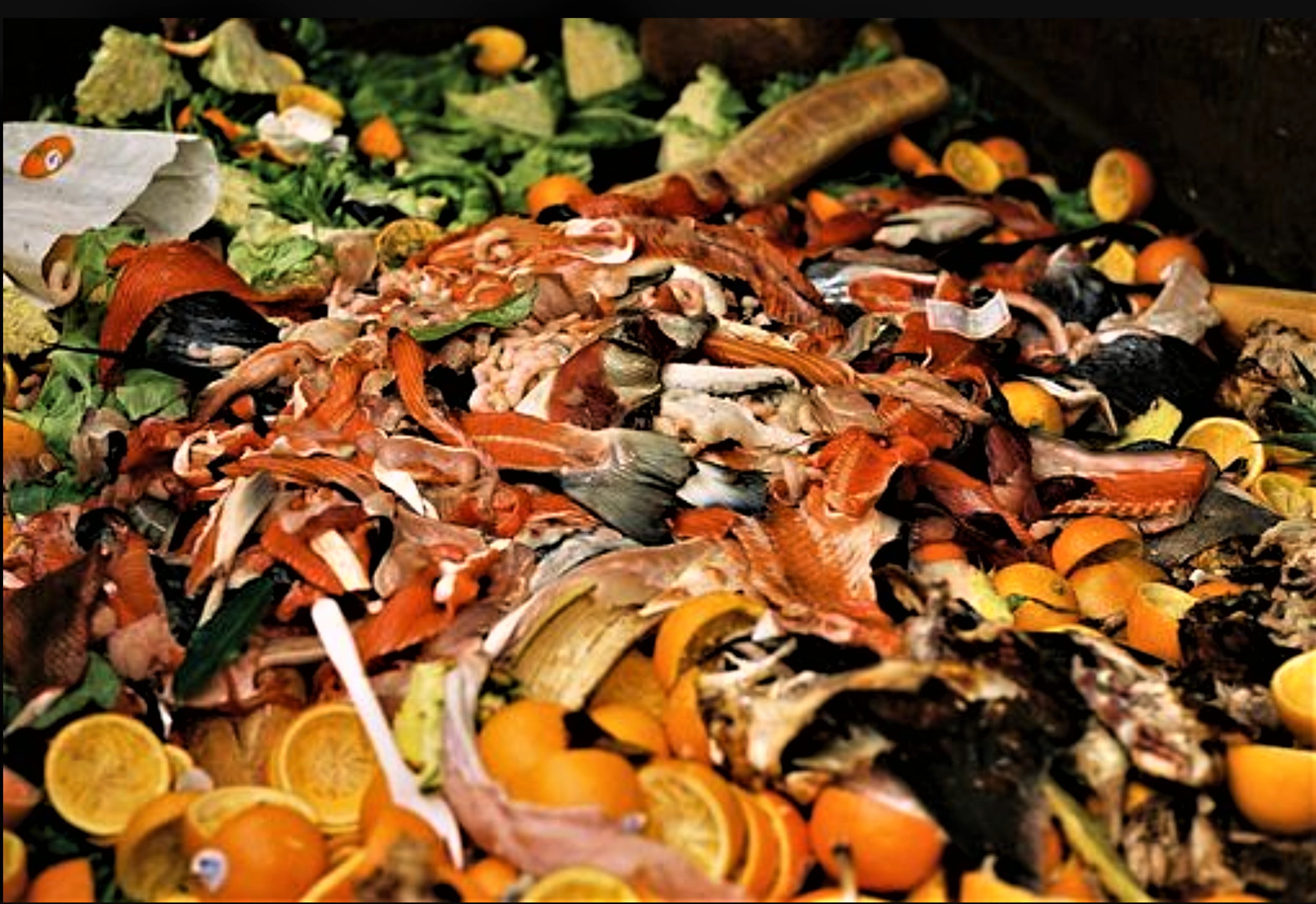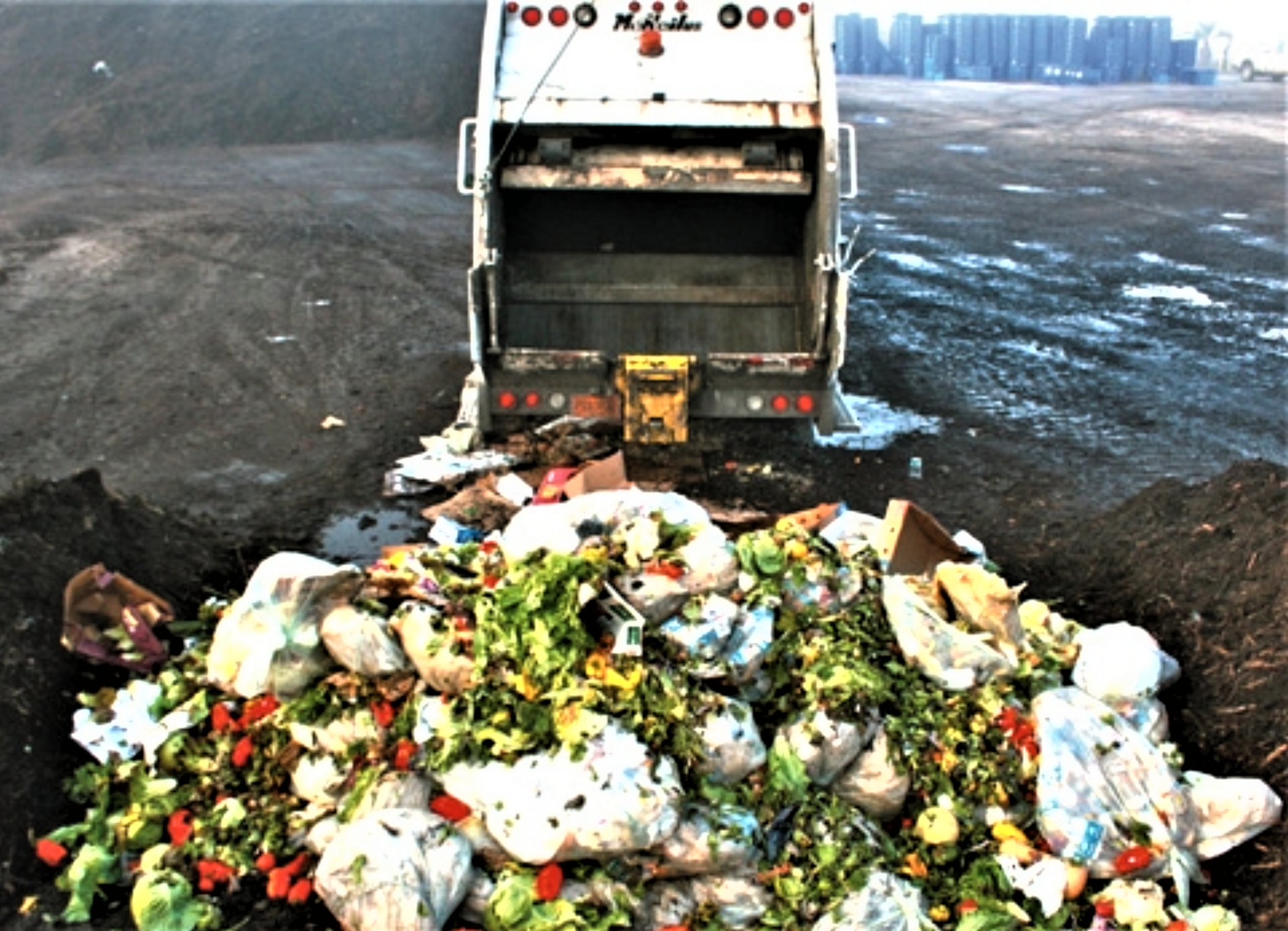Food waste is the smoking gun testifying to our staggeringly inefficient food system. If it were a country, it would be the third largest GHG emitter in the world (UN FAO). But there are new and innovative ways to tackle it.
How much food we waste (35% of food globally is unsold or uneaten), the myriad ways in which we waste it at every stage in the supply chain (from items left to rot in fields, lack of refrigeration, food animals dying during transport, discarding food that doesn’t look perfect or has reached its “best before” date, leftovers on restaurant plates, to households buying too much), and its implications for the climate have captured the attention of companies, businesses, governments and individuals.
It’s a global problem with environmental, financial, and human impacts. Food loss and waste are major squanderers of resources including water, land, energy, labour and capital, and needlessly produce up to 8% of all greenhouse gas emissions contributing to global warming and the climate crisis. If just one-quarter of the food currently lost or wasted could be saved, it would feed 870 million hungry people.
More than half of all the food produced in Canada is tossed annually, costing the economy $50 billion in avoidable food loss, according to Agri-Food Canada. Canadian food consumers are responsible for a whopping 47% of this waste, equivalent to 79 kilograms of food a year at a cost of $1,766 per household. The remaining 53% occurs in industrial sectors, such as food processing, retail, farming, restaurants and transport, according to the National Zero Waste Council.
In the US, 35% of all food — at a cost of $408 billion annually — goes uneaten, while more than 40 million Americans are considered food insecure.
Food waste reduction targets set by the UN Sustainable Development Goal of cutting food waste in half by 2050 (UN SDG Target 12.3.1) will need innovations to help us reach them.
The good news is that groups like the Natural Resources Defense Council (NRDC), the non-profit ReFED, and the World Wildlife Fund, have been raising awareness of the issue for the past several years. In fact, ReFED estimates that the total amount of food wasted in the U.S. has leveled off since 2016, while food waste per capita has decreased 2% over the last three years.
Also, investment in the space is picking up with many opportunities to rescue and recycle organic waste preventing it from going to landfills and incinerators. There is also a huge collective effort on the part of food producers, manufacturers, retailers, restaurants, capital providers and others to curb it.
Photo: Biocycle.net
At The Spoon’s recent Food Waste Insights and Innovation Forum, in partnership with ReFED, ReFED’s Managing Director and co- founder Dana Gunders said, “People talk about food waste as if it were one problem. It’s not … [it’s] a complex set of inefficiencies and we need a whole suite of solutions to address that.” Post-harvest food loss differs from food thrown out at the grocery store or food we toss at home so it follows that the solutions will vary based on which part of the supply chain they’re aimed at.
Tech is one obvious tool when it comes to innovation and companies are working with everything from machine learning and image recognition to hyperspectral imaging and sensors. These and other technologies can track waste, produce more accurate forecasts for retailers, and even identify which pieces of fruit will ripen soonest in any given crop. Other examples include: shelf-life extension tools for grocery retailers, grocery order automation and improving date-labeling systems.
However, technology is only one piece of the innovation puzzle. Equally important are new processes and business models together with what Gunders calls “cultural evolution.”
New business models around food waste have been emerging steadily over the last few years, many of them around grocery and/or restaurant services selling surplus food. This is a model popularized by Imperfect Foods, Too Good to Go, and others.
Meanwhile, cultural evolution refers to what Gunders calls “innovation on a much simpler level.” It’s smaller actions that work together to make the public more aware of food waste and encourage them to make changes in behaviour. Signage in dining halls about food waste or allowing customers to taste a product before they buy it are two examples.
Given our significant contribution to the problem, individuals can and need to play a role. Even kids are getting in on the act. Check out the amazing video below produced by The Jane Goodall Institute Canada’s Roots & Shoots youth leadership program (which Planet Friendly News is honoured to support).
For more ideas on how to cut down on food waste, check out lovefoodhatewaste.ca and Take Action.



